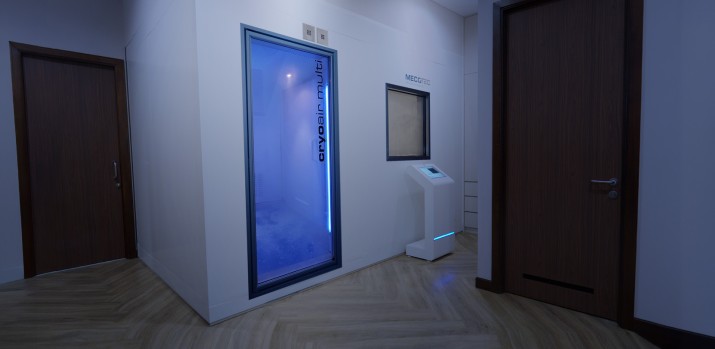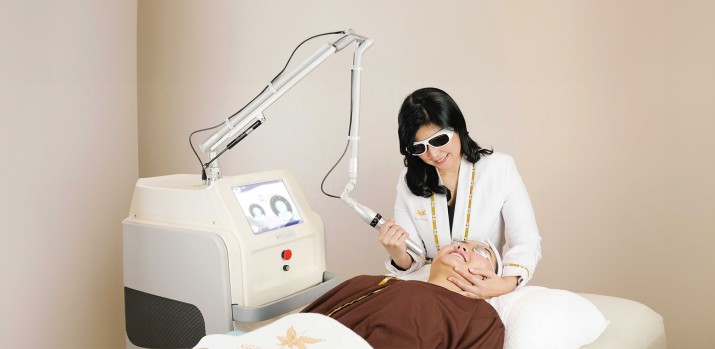
Hyperbaric Oxygen Therapy
The initial use of Hyperbaric Oxygen Therapy (HBOT) began with attempts to alleviate the respiratory problems of large city residents during the Industrial Revolution. Studies referring to the history of using hyperbaric oxygen for therapeutic, physical, physiological, and pathophysiological purposes can support its use in various morbid processes. HBOT is an area of science that has not yet been fully explored, and its use in many conditions lacks evidence from controlled clinical trials that conclude the benefits of this treatment are significantly superior to other therapies. Scientifically, it is effective in using it in pathological processes in cases of hypoperfusion, infection, ischemia, or infarction, both acute and chronic.
Hyperbaric Oxygen Therapy (HBOT) is a medical treatment that has been widely used to treat various health condition such as decompression sickness, carbon monoxide poisoning, and clostridial infections. It is also known to improve wound healing. Over time, advancements have been made in this therapy, which has led to its effectiveness in curing and treating other conditions such as autism, compartment syndrome, burns, frostbite, and sensory neural hearing loss.
Hyperbaric therapy works through the inhalation of high concentrations of oxygen in a pressurized chamber. In a therapeutic environment, an amount of oxygen dissolved in the plasma is administered that can reach and exceed 20 times that of room air at normal atmospheric pressure. Oxygen-rich plasma is then transported to tissues experiencing hypoxia or ischemia to prevent angiogenesis,and edema has the ability to influence both immune responses and the immune system.Oxygen, like other gases, reacts to pressure and depressurization; by increasing the oxygen concentration by the solubility of the gas under pressure, its diffuse gradient is strengthened, which allows deep tissue penetration. It is for this principle that treatment with hyperbaric oxygenation helps improve poorly perfused, hypoxic, ischemic, infarcted, or necrotic tissue. The best oxygenation allows for tissue recovery processes.
Hyperbaric Oxygen Therapy can be effective adjuvant therapy in treating underlying pathologies that involve hypoperfusion, infection, ischemia, or infraction processes. If used appropriately, it can help patients recover quicker and experience fewer symptoms. It is important to evaluate the effectiveness of this therapy on a case-by-case basis. The remainder is as important as sensitivity or function, directly affecting the patient’s quality of life, socialization, and productivity.
Hyperbaric chambers can be of two types:
- Single/mono-chamber (1 patient)
- Double/multi-chamber (2–14 patients)
In the mono-chamber, oxygen and pressure increase are systemic, and in the multi-chamber, it is pressurized with air, and oxygen is supplied to the patient via a mask, helmet, or endotracheal tube, depending on the case. Hyperbaric Oxygen Therapy describes a person breathing 100% pure oxygen at a pressure greater than sea level for a specified time. Treatment time is 1.5–2 hours, depending on the indication, and can be done 1–3 times a day until the patient's condition improves and recovers.
An untreated pneumothorax is an absolute contraindication for Hyperbaric Treatment. Additionally, patients using certain chemotherapy agents such as Adriamycin, Cisplatinum, or Antabus are relatively contraindicated.
By Seraphim Medical Team





